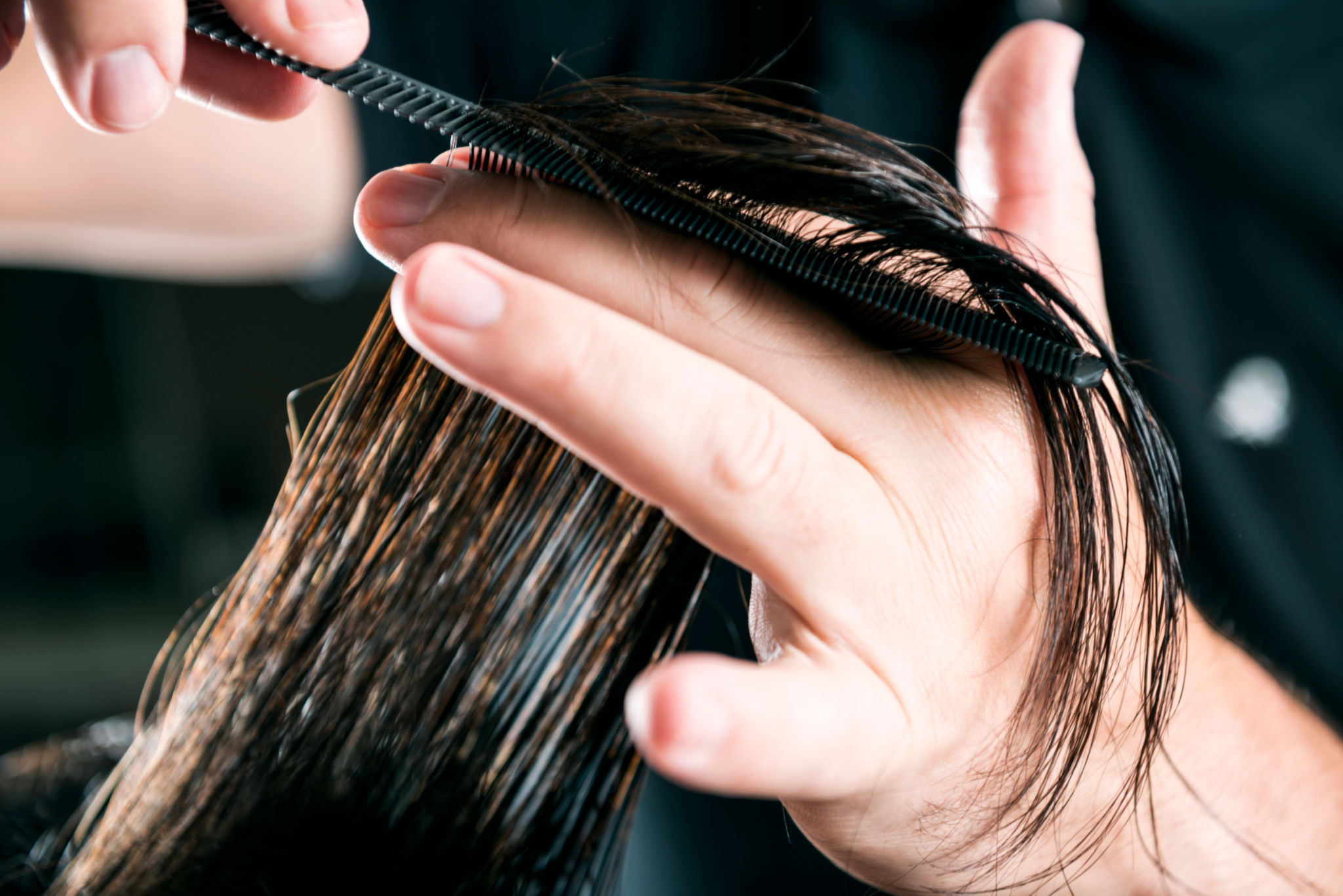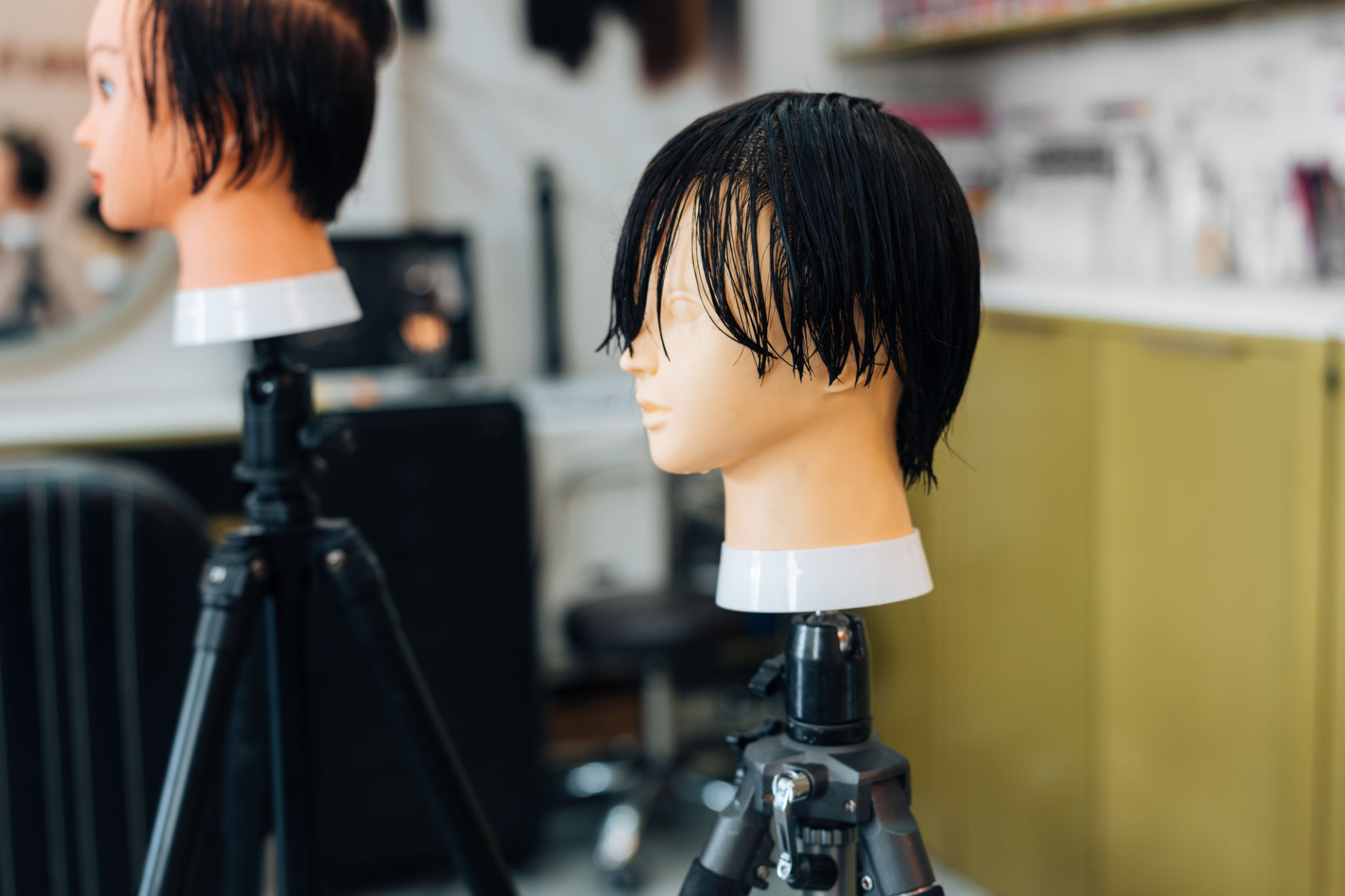Understanding Sensory Challenges in Haircuts and How to Overcome Them
For many individuals, getting a haircut is a straightforward task. However, for those with sensory processing challenges, it can be an overwhelming experience. Understanding these challenges is the first step towards creating a more comfortable environment for everyone.
What Are Sensory Challenges?
Sensory challenges occur when the brain has difficulty receiving and responding to information that comes through the senses. This can lead to discomfort, anxiety, or even distress during seemingly routine activities like haircuts. For individuals with conditions such as autism or sensory processing disorder, these challenges can be particularly pronounced.
The sensations involved in a haircut can be numerous and intense. From the sound of scissors snipping to the feeling of hair falling on the skin, each element can contribute to sensory overload.

Common Sensory Challenges in Haircuts
Several factors can contribute to the sensory challenges experienced during a haircut. Understanding these elements can help in developing strategies to alleviate discomfort. Here are some common challenges:
- Noise: The sound of clippers and scissors can be unsettling.
- Touch: The sensation of combs, brushes, or hands on the scalp may be uncomfortable.
- Smell: The scent of hair products can be overwhelming.
- Visual Stimuli: Bright lights and mirrors may cause distress.
Strategies to Overcome Sensory Challenges
Thankfully, there are techniques that both hairstylists and individuals can employ to make haircuts more manageable. Here are some effective strategies:
- Communication: Openly discussing specific triggers and preferences with the hairstylist can lead to a more tailored experience.
- Preparation: Visiting the salon beforehand or watching videos about haircuts can help in reducing anxiety.
- Use of Calming Techniques: Deep breathing exercises or listening to calming music during the haircut can be beneficial.

Creating a Sensory-Friendly Environment
Salons can take proactive steps to accommodate clients with sensory challenges. By fostering an inclusive atmosphere, they not only improve the experience for these clients but also enrich their own services.
Consider implementing sensory-friendly hours where adjustments are made to lighting, noise levels, and overall pace. Offering these options can make a significant difference in client comfort.
The Role of Hairstylists
Hairstylists play a crucial role in easing sensory challenges during haircuts. By being attentive and patient, they can significantly impact a client's experience. Here are some ways hairstylists can assist:
- Training: Educating staff about sensory processing disorders and effective communication techniques is essential.
- Adaptability: Being flexible with cutting techniques and tools based on individual needs can help reduce discomfort.

Sensory challenges in haircuts are real and impactful, but with awareness and understanding, both clients and hairstylists can work together to create a more enjoyable experience. By implementing thoughtful strategies and fostering open communication, the world of hairdressing can become more inclusive for everyone.